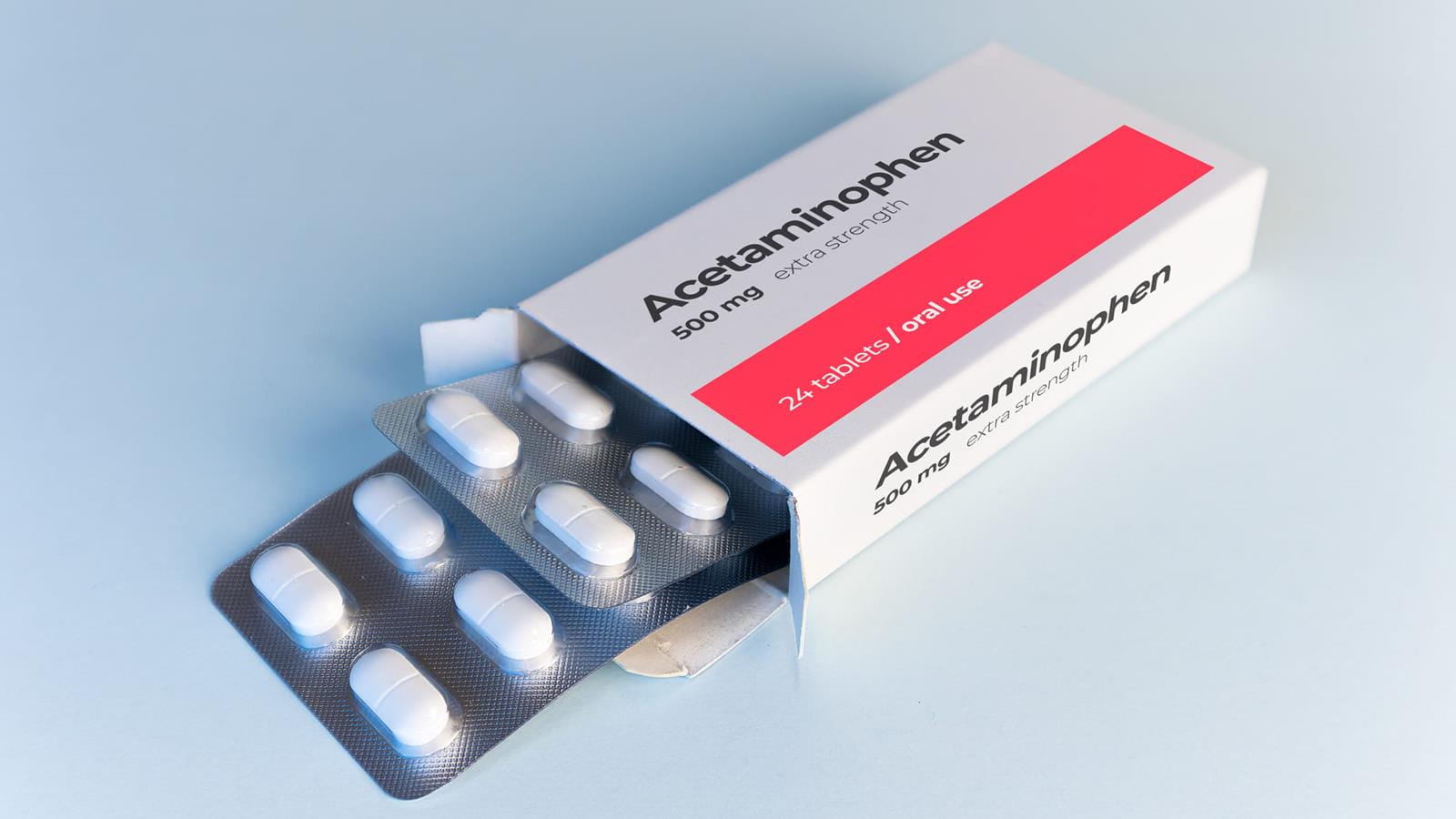What I’m Reading: Ann Carroll Klassen

- No link between acetaminophen use during pregnancy and children's autism risk
- Partnerships and Projects: Drexel's Recent Industry and Civic Engagement Connections
- Drexel University Releases 2023 President's Report on Powerful Partnerships
- Drexel Continues Longstanding Charitable Traditions to Brighten the Holiday Season

Especially when they’re well written, and especially when they relate to her field of study.
The social scientist and public health researcher’s recent book of choice was “Tom’s River: A Story of Science and Salvation” by Dan Fagin. Klassen enjoyed the way Fagin used fascinating research and hard-hitting investigative reporting to produce a stirring story about cancer epidemiology.
By the end of Klassen’s family vacation, where she read the book in just a few days, her sons and husband got their hands on it and couldn’t put it down either.
Klassen is professor and associate dean for research and chair of the Department of Community Health and Prevention in Drexel University’s School of Public Health. Here’s what she had to say about her favorite summer read:
Why did you choose this book?
This caught my eye in a bookstore initially because a good friend of mine grew up in Tom’s River, N.J. As I read the cover, I was intrigued that it blended two of my areas of interest—social history and historical methods for public health research, and also disparities in environment risk to communities, especially in regard to cancers.
What’s it about?
This is the story of more than 500 years of the dye manufacturing industry, and how its need for water to produce dyes and handle waste has basically created health hazards in communities around the world for centuries. It focuses specifically on the contamination of one community, Tom’s River, and the years of work by residents to understand the excess cancer risk they experienced. It is also the story of our changing relationship to manufacturing industries in our society, and the loss of innocence as an idyllic “company town” came to realize that the industry that made their lives economically possible was also poisoning them.
What did you find particularly enjoyable about this book?
The author, Dan Fagin, is an environmental reporter by background but now is director of the Science, Health and Environmental Reporting Program at New York University. He is extremely skilled at taking complex concepts from industrial chemistry, epidemiology and environmental science and helping a lay audience understand and care about them. This book is so well written that when I finished it, my husband and both of my sons began to read it, and we spent a vacation together passing it around. It is 500-plus pages of public health technical writing, and yet it reads like a good novel that you cannot put down.
Who would a book like this best be suited for?
I think anyone who cares about environmental justice, and how we as a global society balance our need for a comfortable lifestyle and manufactured goods with the future health of our communities, would find this book compelling. The book ends with a visit to a factory town and children’s cancer ward in China, to discuss the same issues facing rural workers and their families there.
In This Article
Drexel News is produced by
University Marketing and Communications.